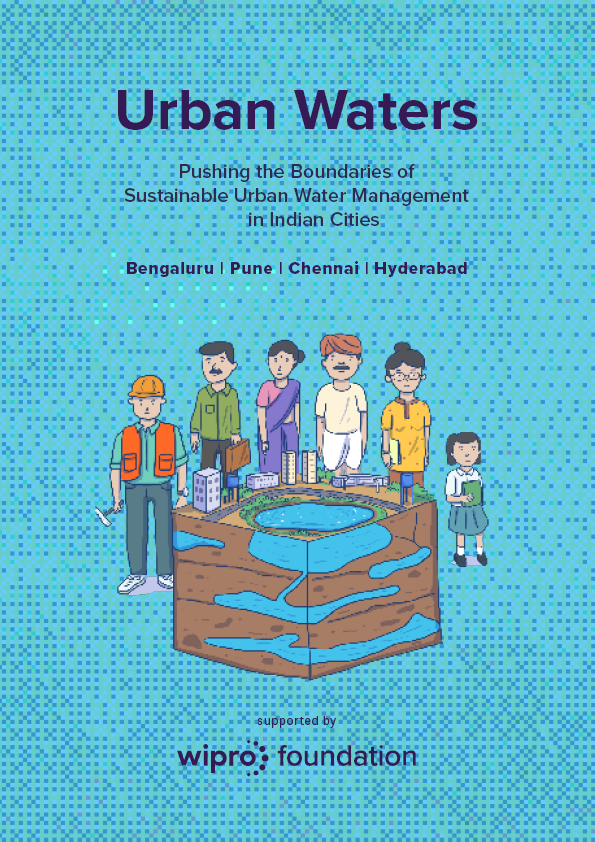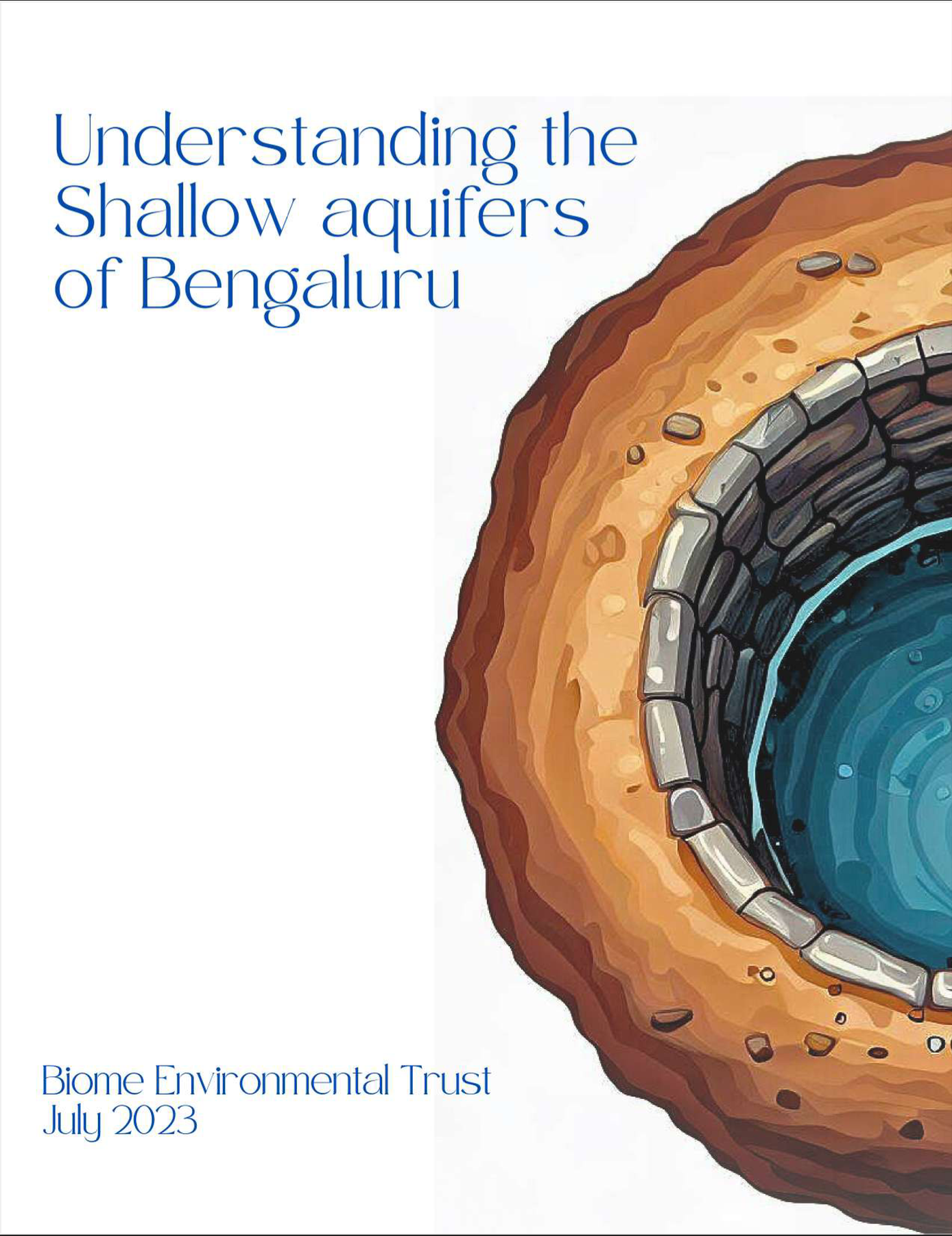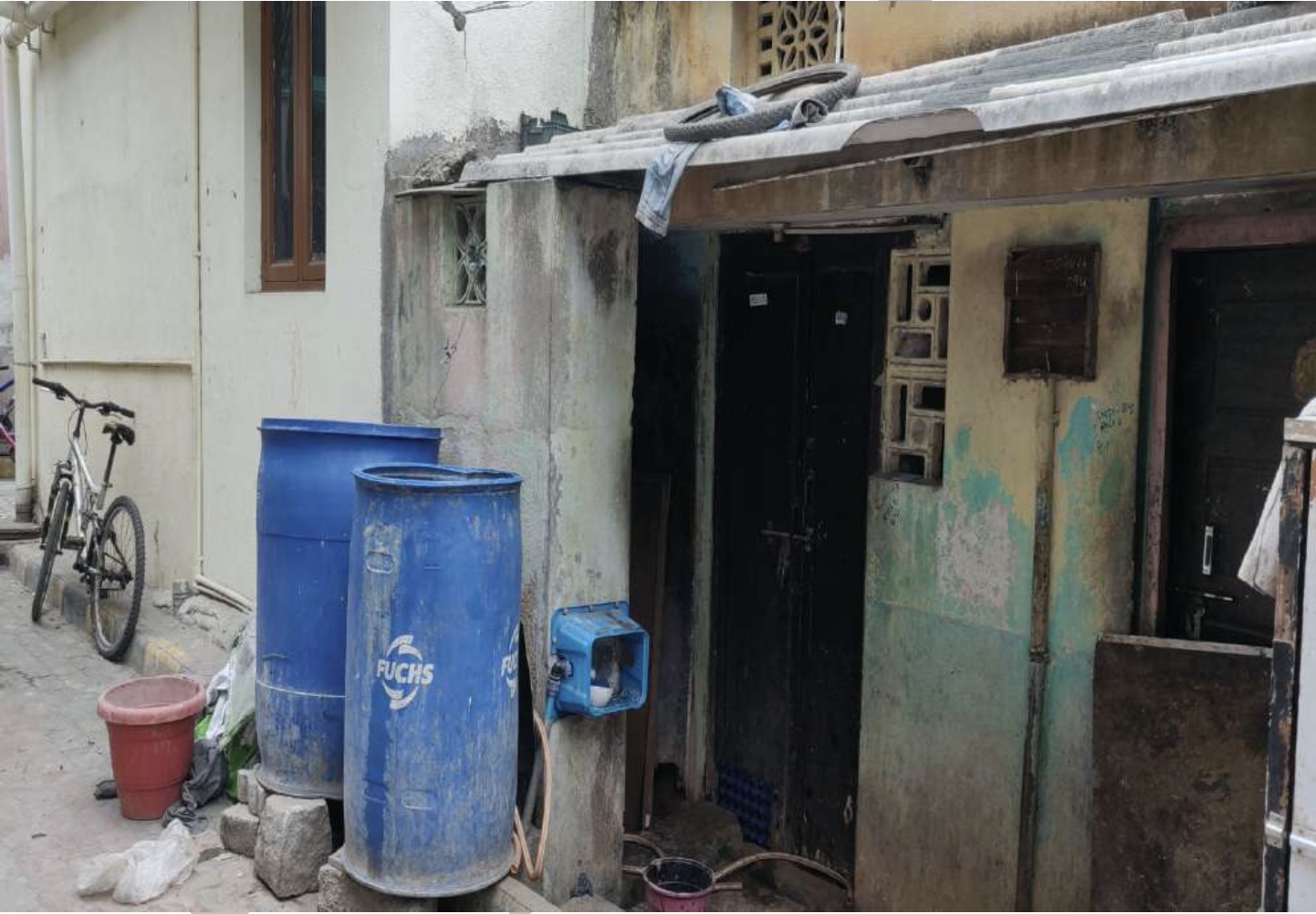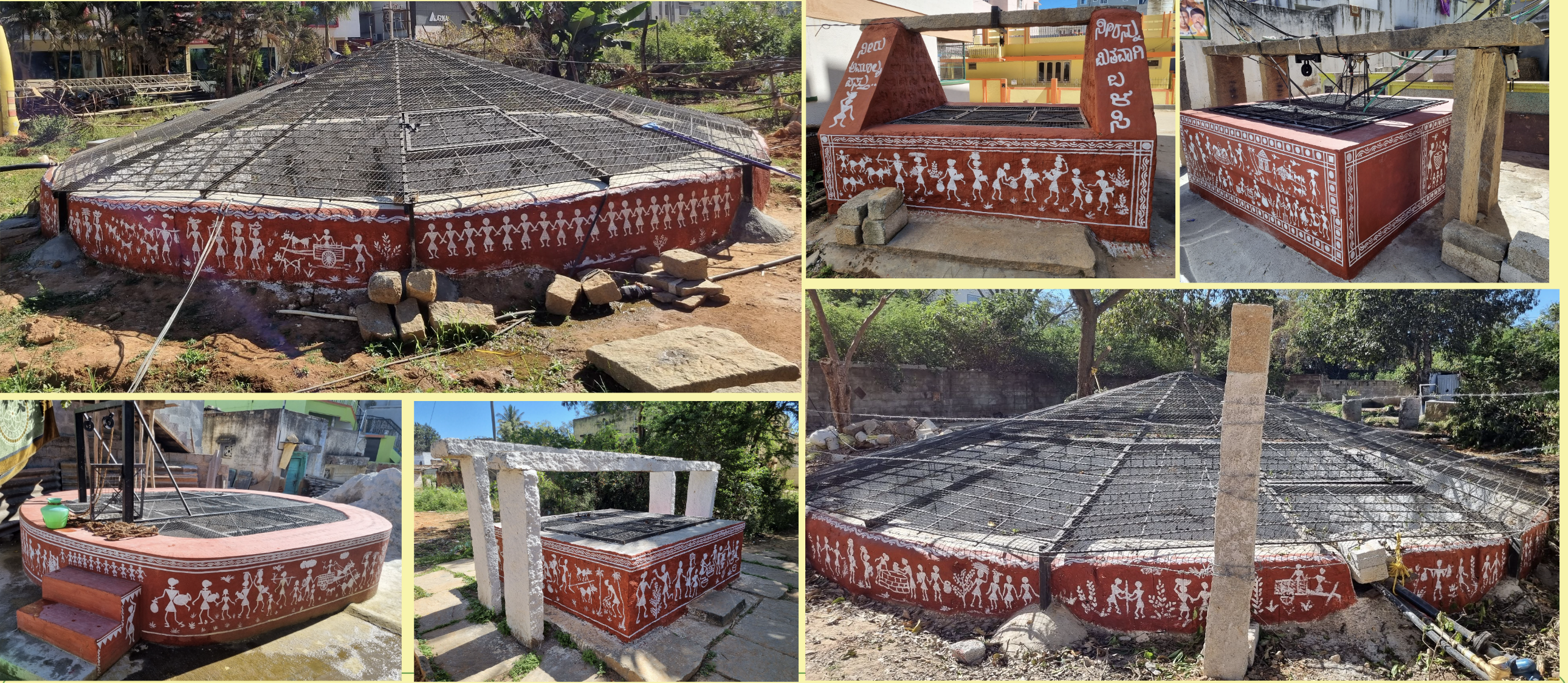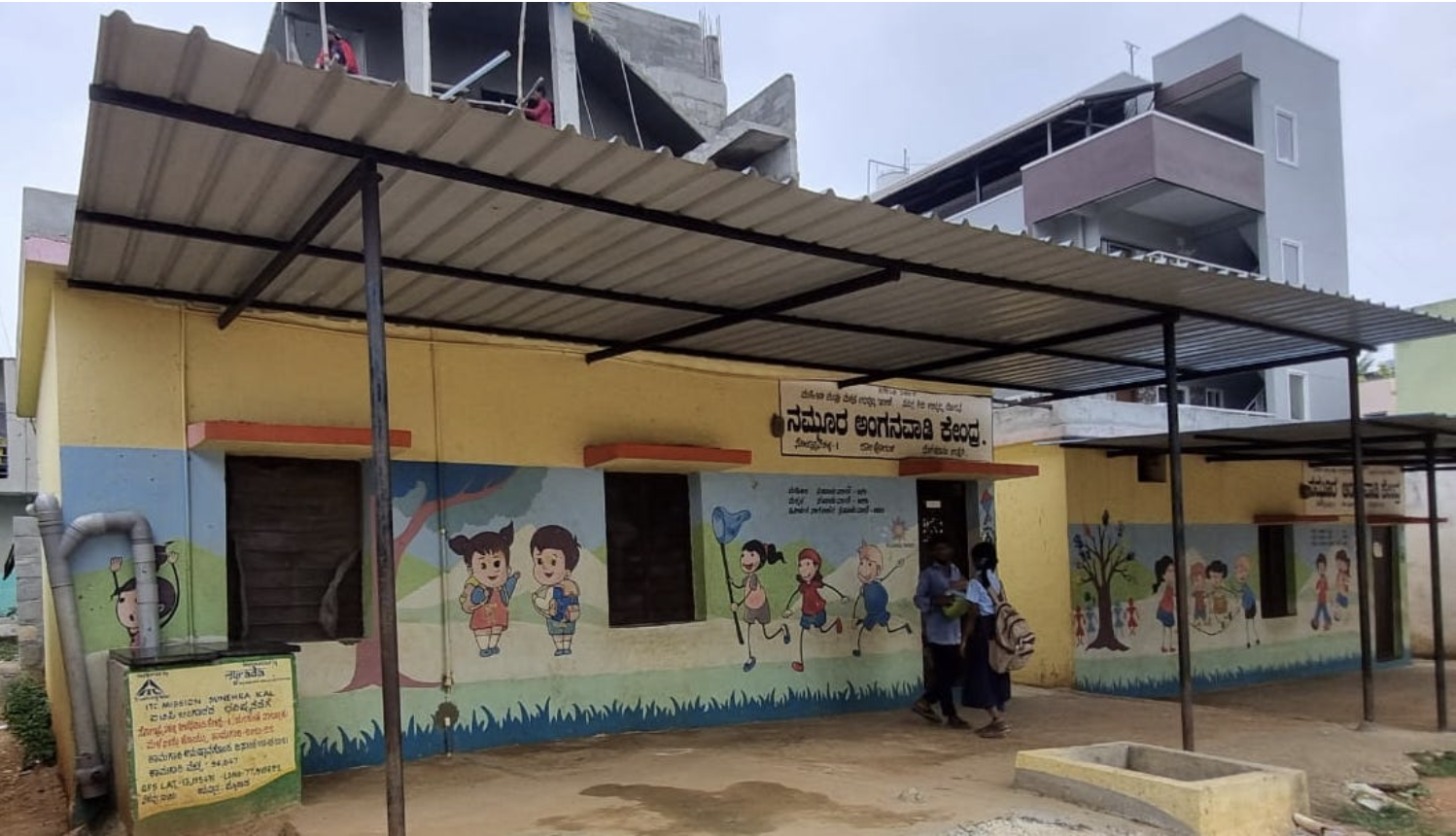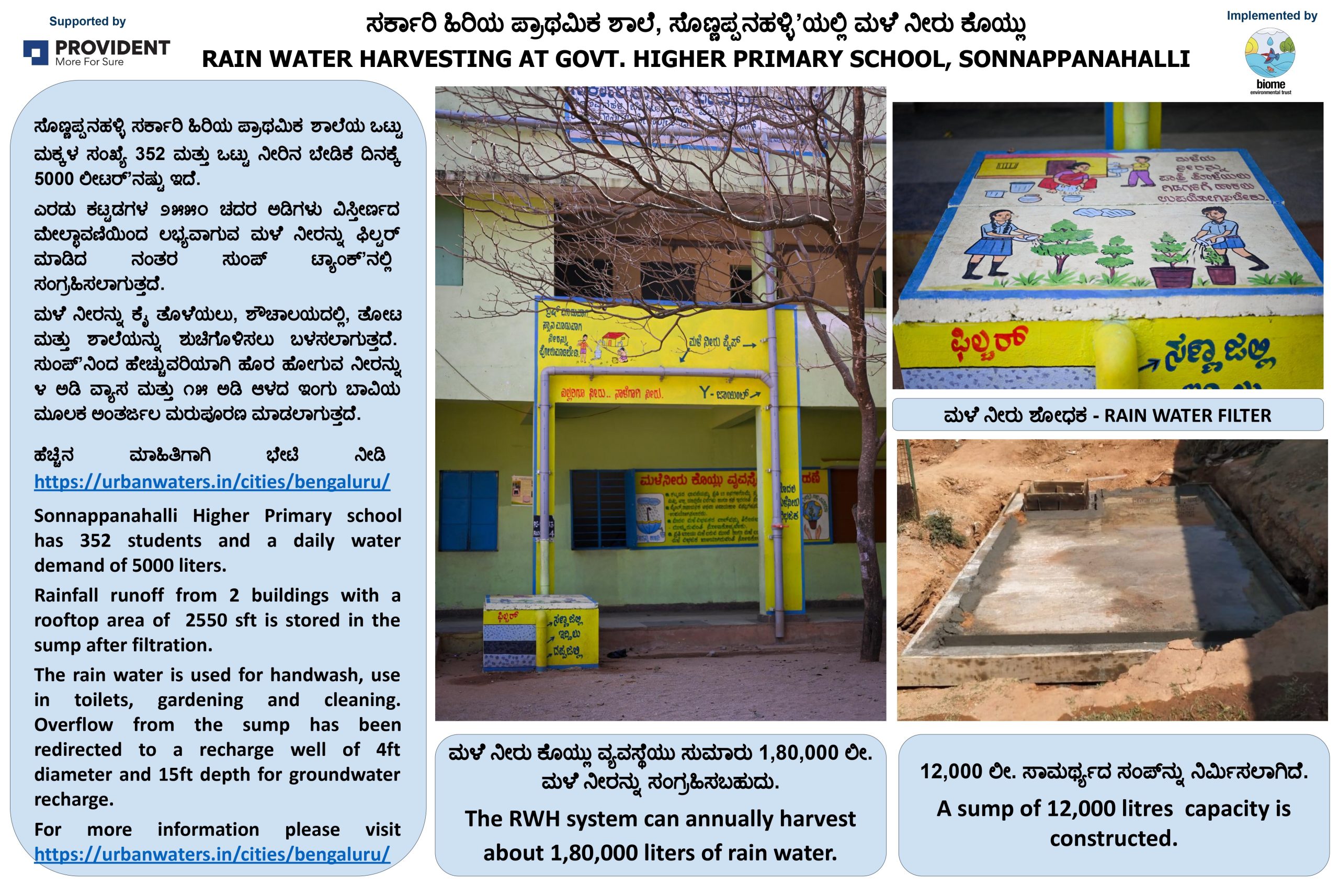Water Management at Sai Poorna Paradise Apartments
Sai Poorna Paradise, situated in Bengaluru’s HSR Layout, is an apartment complex surrounded by the picturesque Begur, Somasandra, and Agara lakes. Established in 2008, the complex consists of two blocks, A and B, housing a total of 88 flats and a thriving community of 192 residents. Due to the absence of a Cauvery water connection, the community has historically depended on water tankers to meet its water requirements.

Recognising the importance of responsible water management, the Residents Welfare Association (RWA) took proactive measures on both the supply and demand fronts. Their initiatives included the adoption of rainwater harvesting and individual household metering. As a result of these endeavours, the apartment complex witnessed a remarkable reduction in its reliance on water tankers and their water management costs.
The apartment complex faced a daily water demand ranging from 50,000 to 55,000 litres, equivalent to an average per-person usage of 250-300 litres daily. Instead of pursuing a BWSSB (Bengaluru Water Supply and Sewerage Board) Cauvery water connection due to its high deposit cost, Sai Poorna Apartments opted for the following water sources.
- Two operational borewells, drilled in 2005, had been the primary water source, but their yields have been diminishing.
- Starting in 2017, the complex began heavily depending on water tankers for its daily water supply, which translated to an annual expenditure of Rs. 16-18 lakhs.
Between 2017 and 2018, Sai Poorna Paradise integrated rainwater harvesting and groundwater recharge into its water management strategy. This harvested rainwater serves a dual purpose: recharging the groundwater and providing a stored water source for various needs.
|
Measures Taken |
Results Achieved |
|
Harnessed rainwater falling on the expansive rooftop area measuring 2,248 square metres. A portion of the rooftop-generated rainwater is channelled to the sump tank for storage. |
Direct borewell recharge by filtered rooftop rainwater, complemented by recharge wells, significantly improved borewell yield. This translated to a drastic reduction in water tanker dependence and substantial cost savings of more than 18 lakhs annually. |
|
Four recharge wells were excavated at strategically located low-lying areas in 2018 and 2019. |
Rooftop Rainwater Harvesting:


Rainwater filter (left) and the Indore Sand filter (right)


Rooftop rainwater entering borehole directly (left), rooftop rainwater entering sump tank (right)
Recharge Wells:


Recharge wells capture surface runoff
To match the changes made in water supply, the RWA undertook systematic changes to lower the water demand and complete the efficient water management system.
|
Measures Taken |
Results Achieved |
|
In 2019-2020, RWA introduced individual household metering along with fostering heightened resident awareness of water consumption |
This initiative led to a 50% reduction in water demand and contributed to a culture of responsible water usage. |
|
The apartment’s 60,000-litre capacity Sewage Treatment Plant (STP) was upgraded with silicon diffusers |
This effectively treated wastewater for reuse in flushing and gardening, reduced sludge generation and significantly lowered operational costs for the STP. |
“Save water! Water conservation is a must for future generations; otherwise, we will have to drink recycled water in the future. Make the best use of rainwater as it’s the purest form of water”
– Mr Somanna, Ex-President of the Resident Welfare Association
Here’s the detailed version of the case study.


